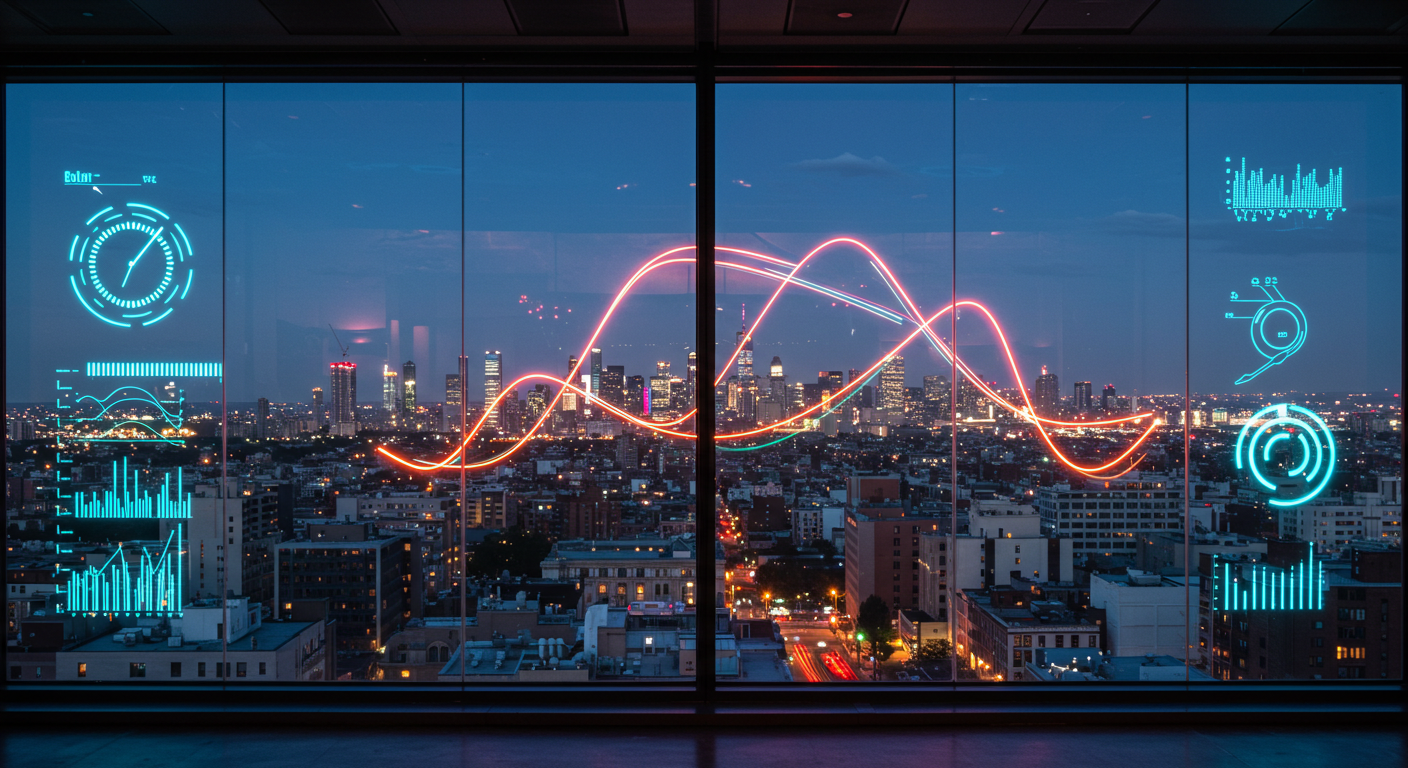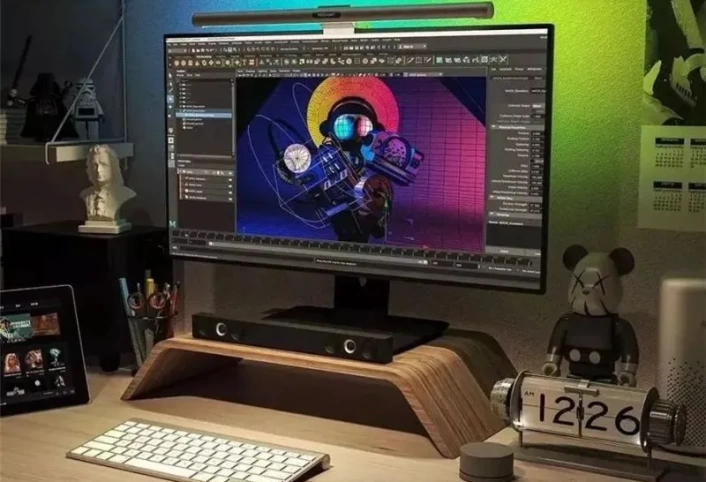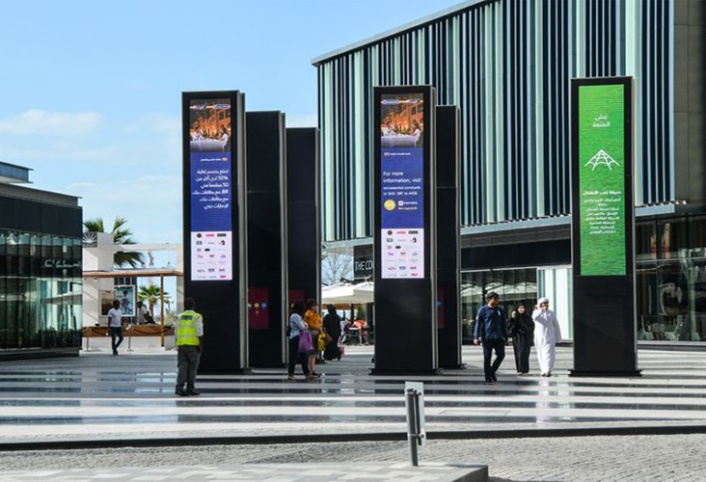Glass has always been about revelation. It shows us what’s inside without letting us in. A storefront window, a museum case, a corporate lobby — all use transparency to tease, to invite, to display. But glass is passive. It doesn’t respond. It doesn’t adapt. Enter transparent LED screens — not as replacements for glass, but as its evolution. Imagine standing before a luxury watch display. Through the glass, you see the craftsmanship, the gleam of polished steel. But now, floating beside it, not on a monitor but seemingly in the air itself, is a story: the artisan’s hands shaping the gears, the chronometer’s journey through time zones, the heartbeat of precision. The screen doesn’t block the product; it frames it. Enhances it. Contextualizes it. This is the magic of transparency — not just visual, but conceptual. The technology disappears. The message remains. In airports, transparent screens turn boarding gates into portals of destination previews. In galleries, they resurrect vanished artifacts beside their modern counterparts. In lobbies, they welcome guests with dynamic greetings that appear to float in midair. What makes this so powerful is its subtlety. Unlike traditional screens that demand attention, transparent displays earn it. They don’t shout over the environment; they harmonize with it. They turn passive viewing into layered discovery. You’re not just looking at a product — you’re seeing through it, into its story, its origin, its soul. And because the screen is see-through, the space behind it remains alive. Shop assistants move. Crowds flow. Daylight shifts. The display becomes part of the living environment, not an interruption. It’s no wonder architects and designers are embracing this medium. It solves the oldest problem in visual communication: how to inform without overwhelming, how to guide without blocking, how to enchant without enclosing. The canvas is invisible. The impact is unforgettable.





